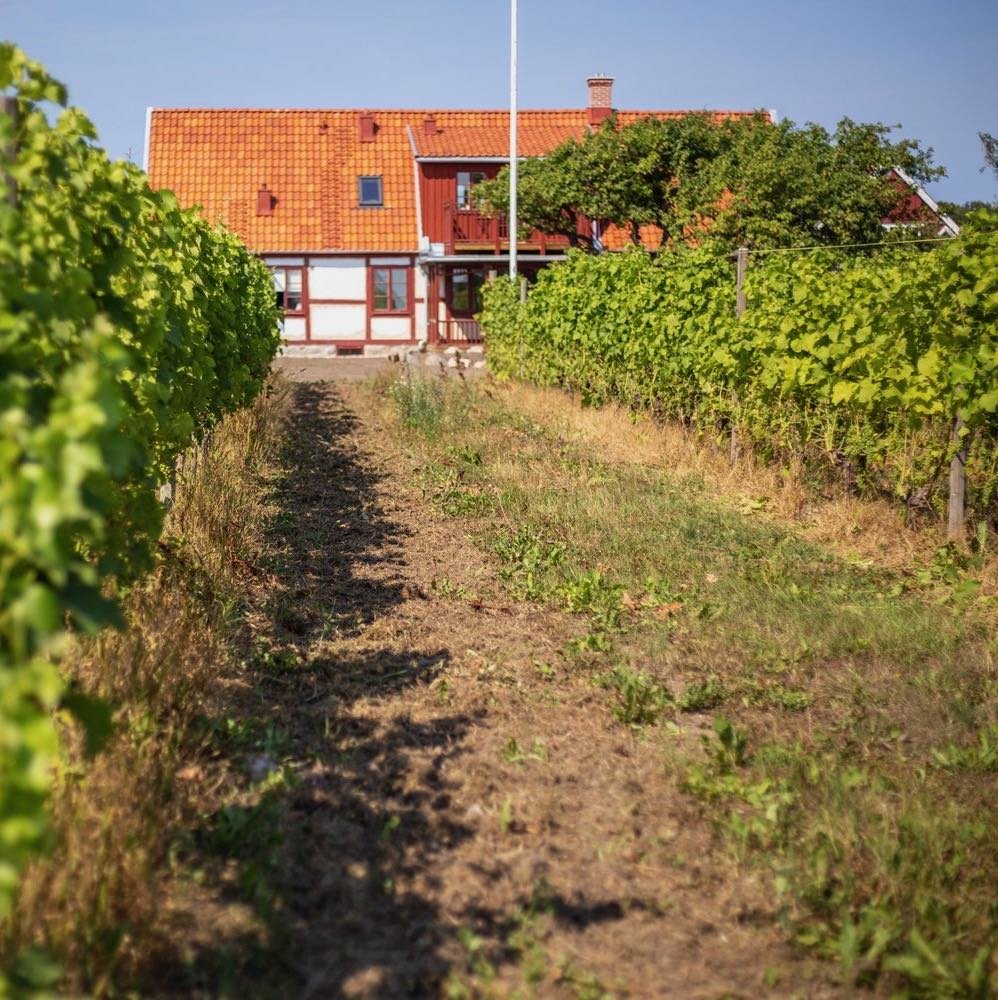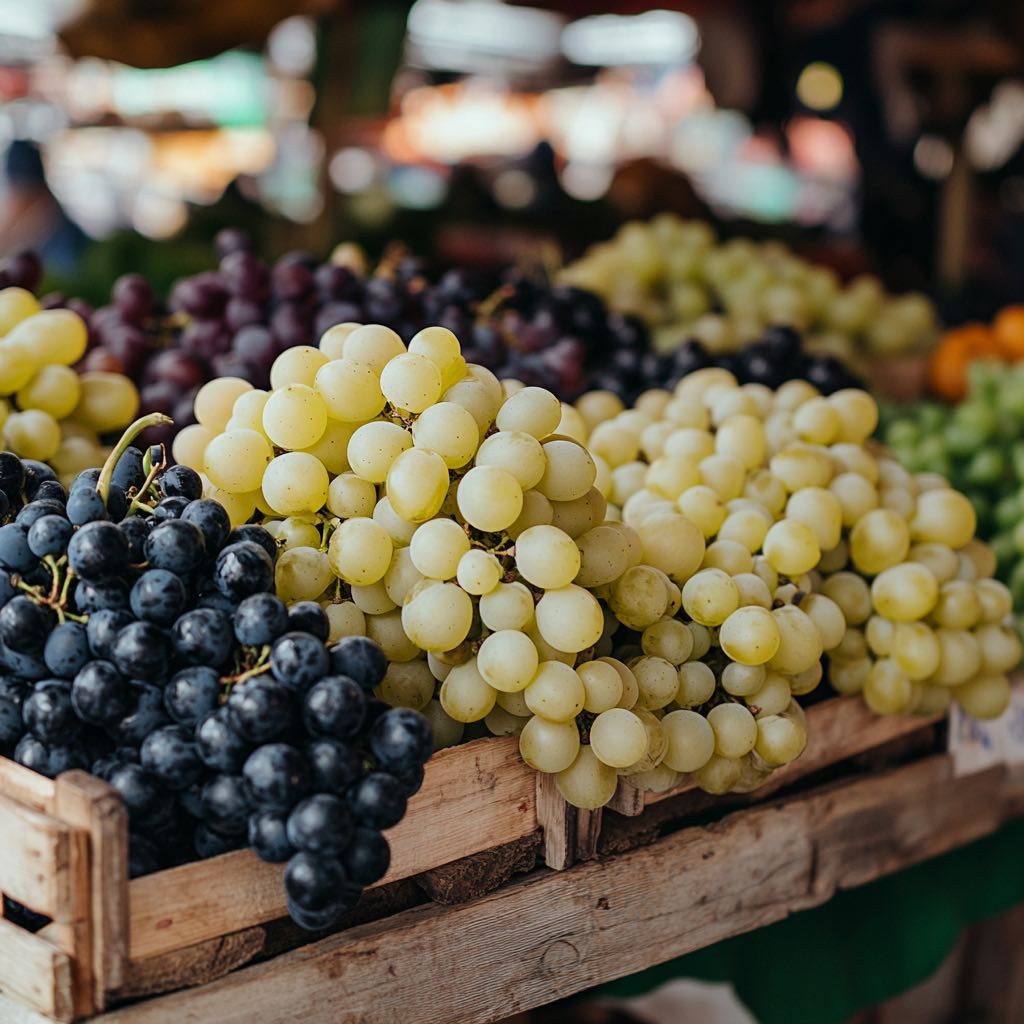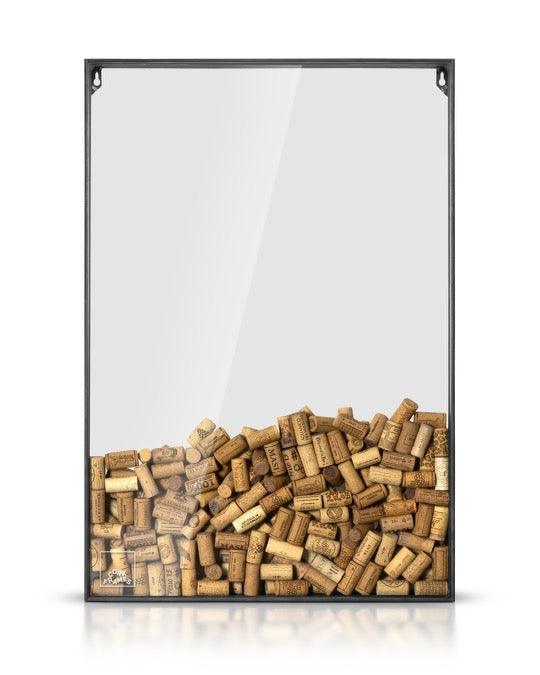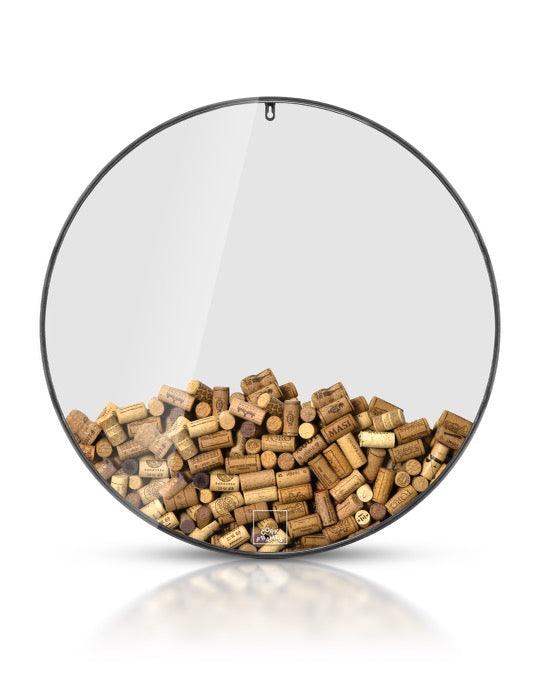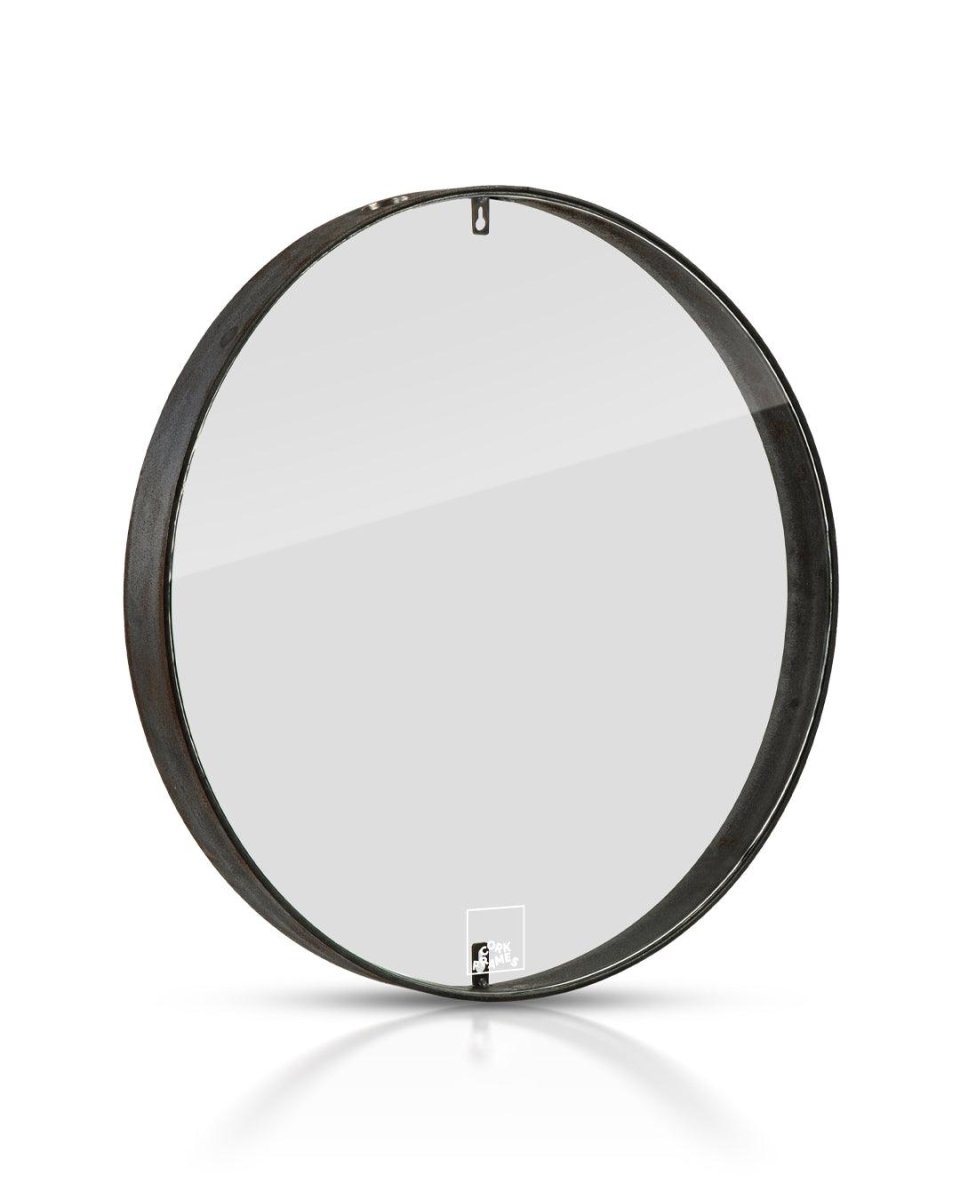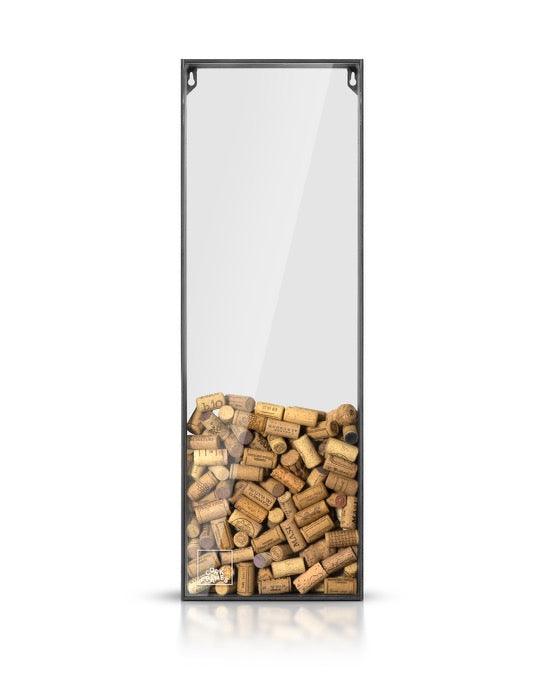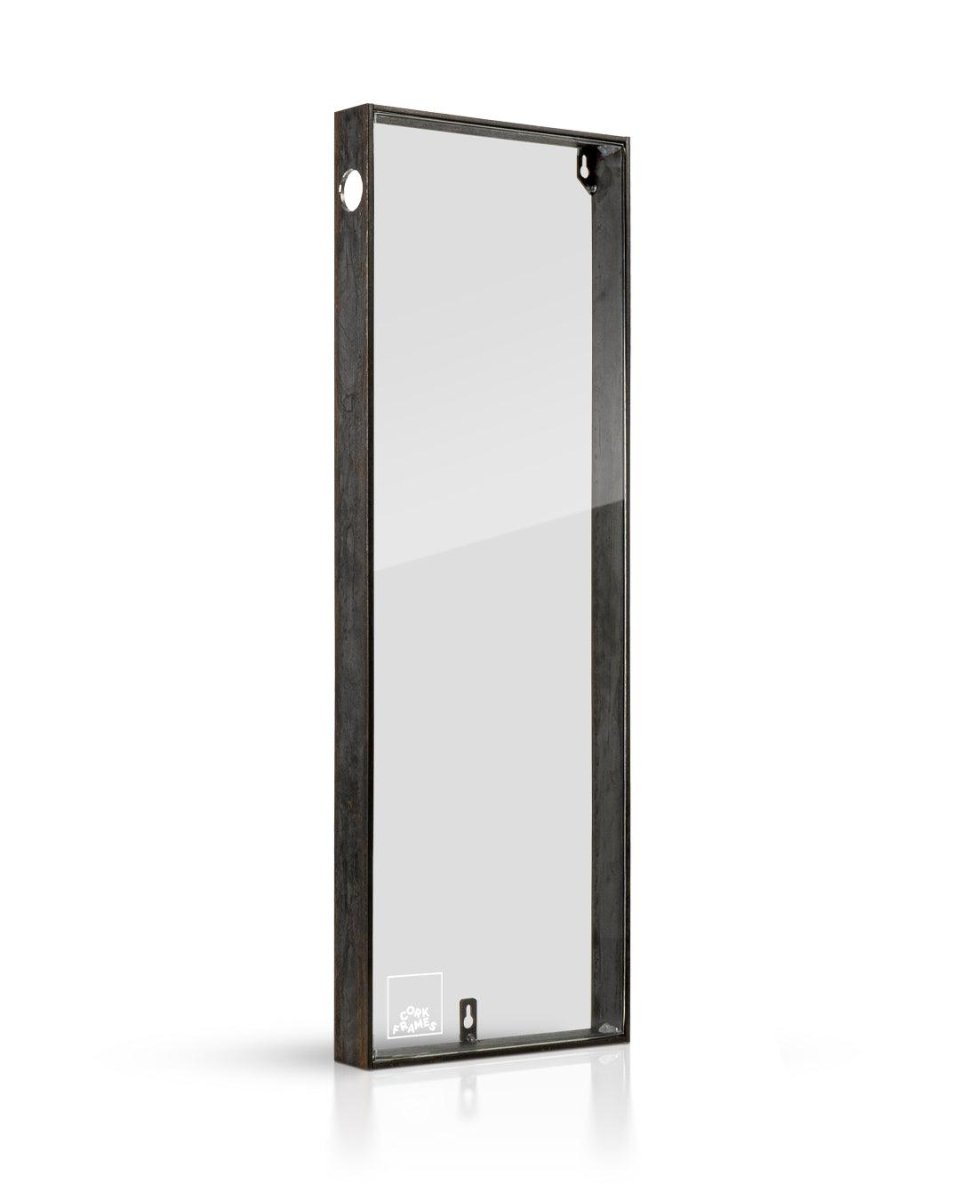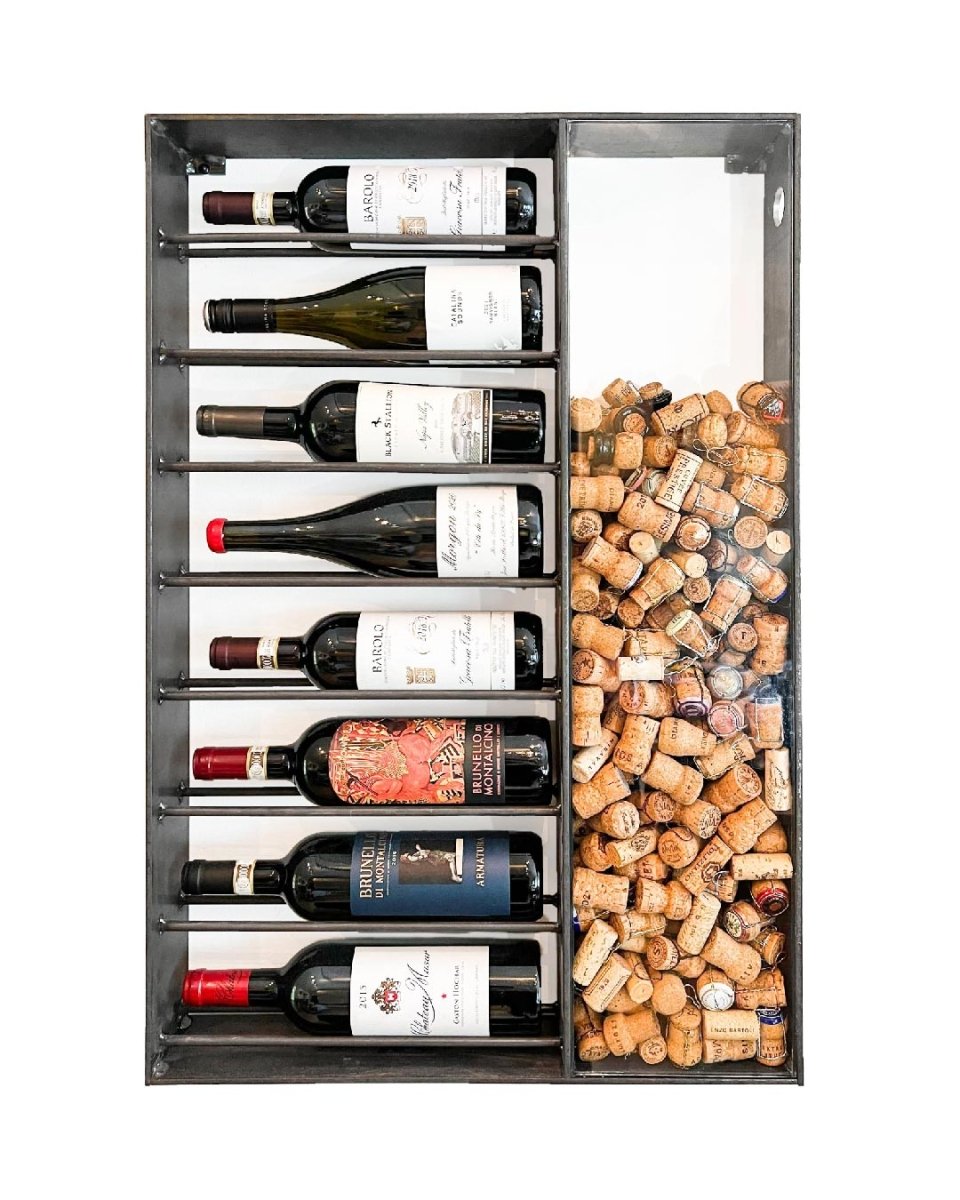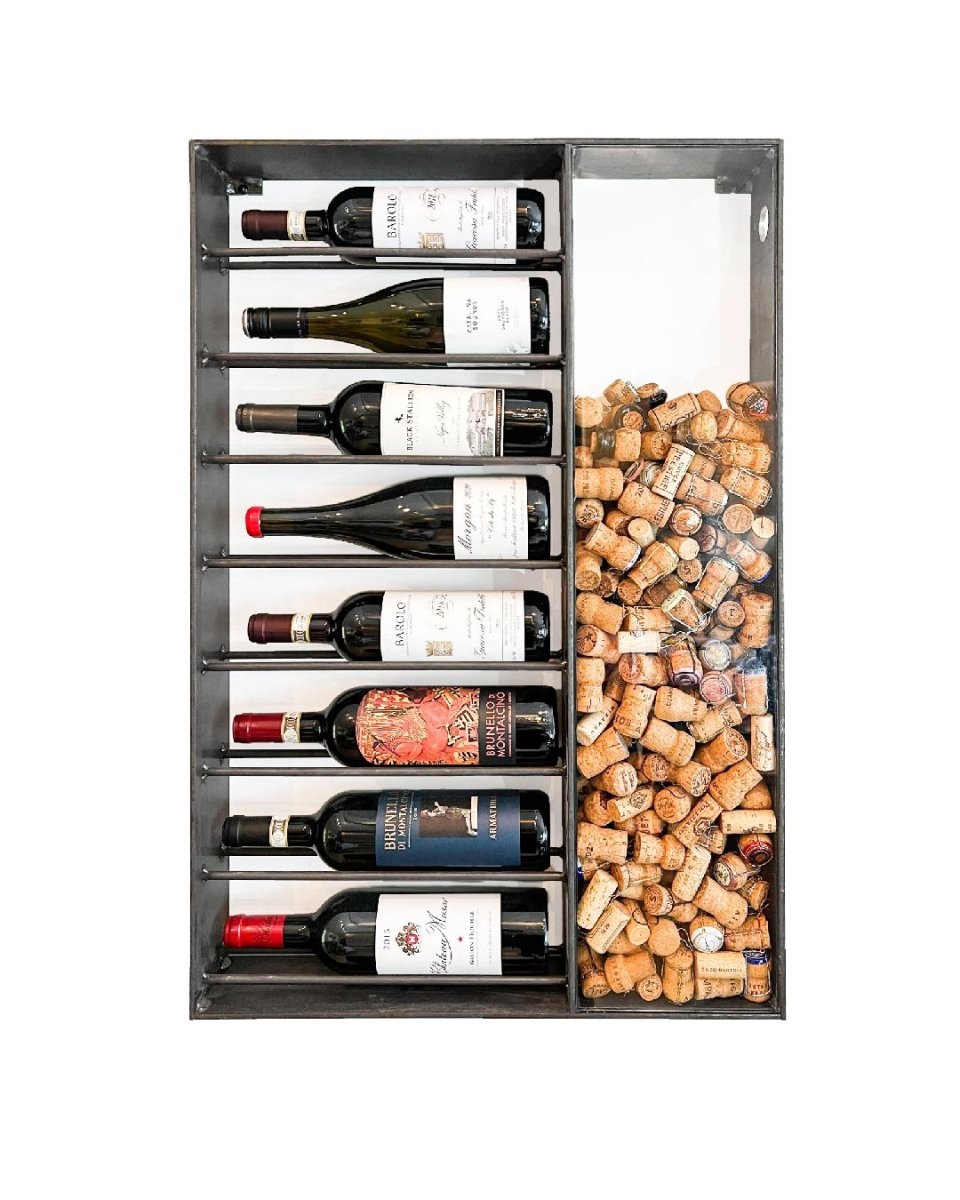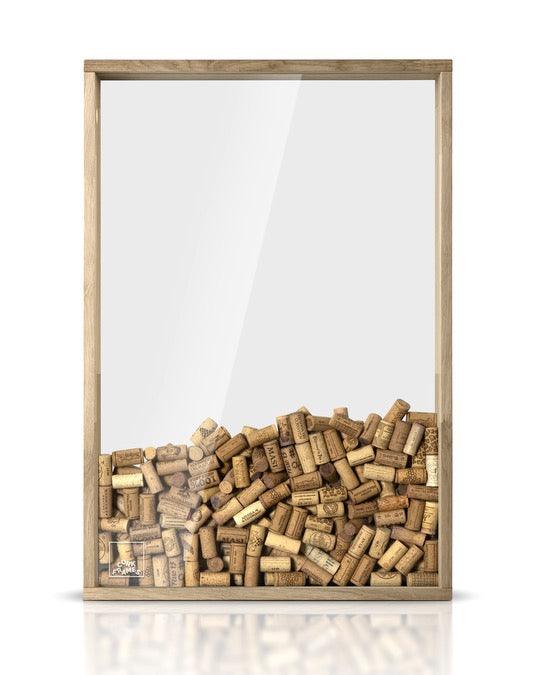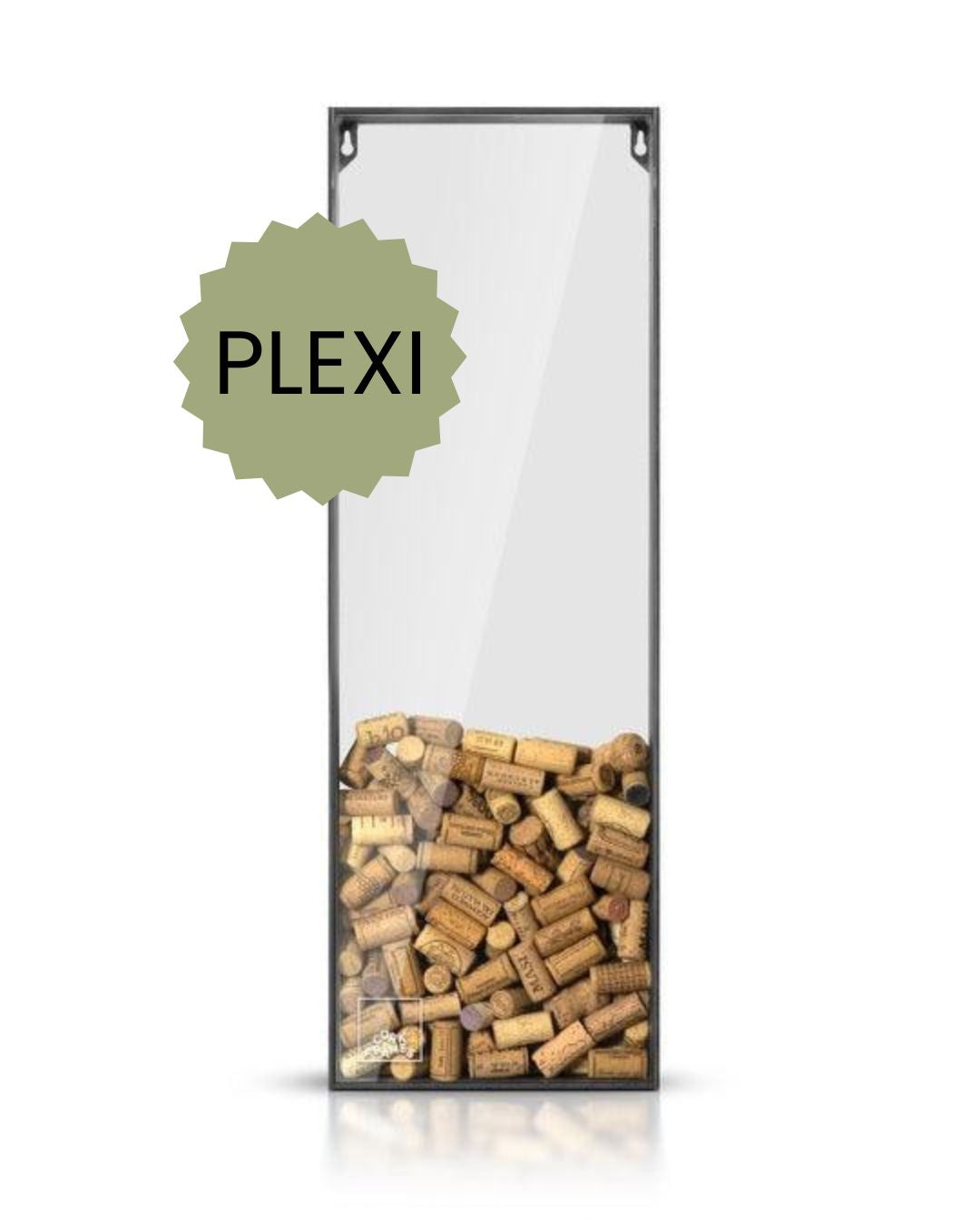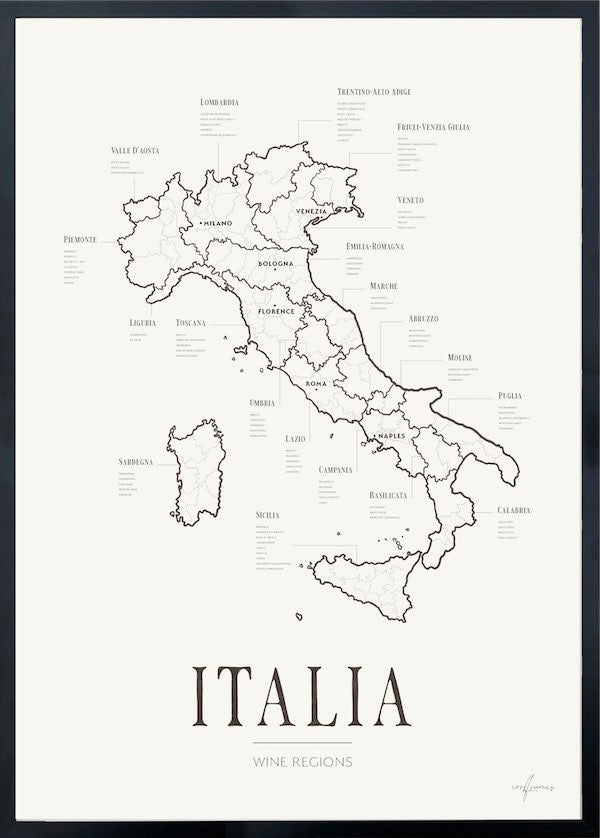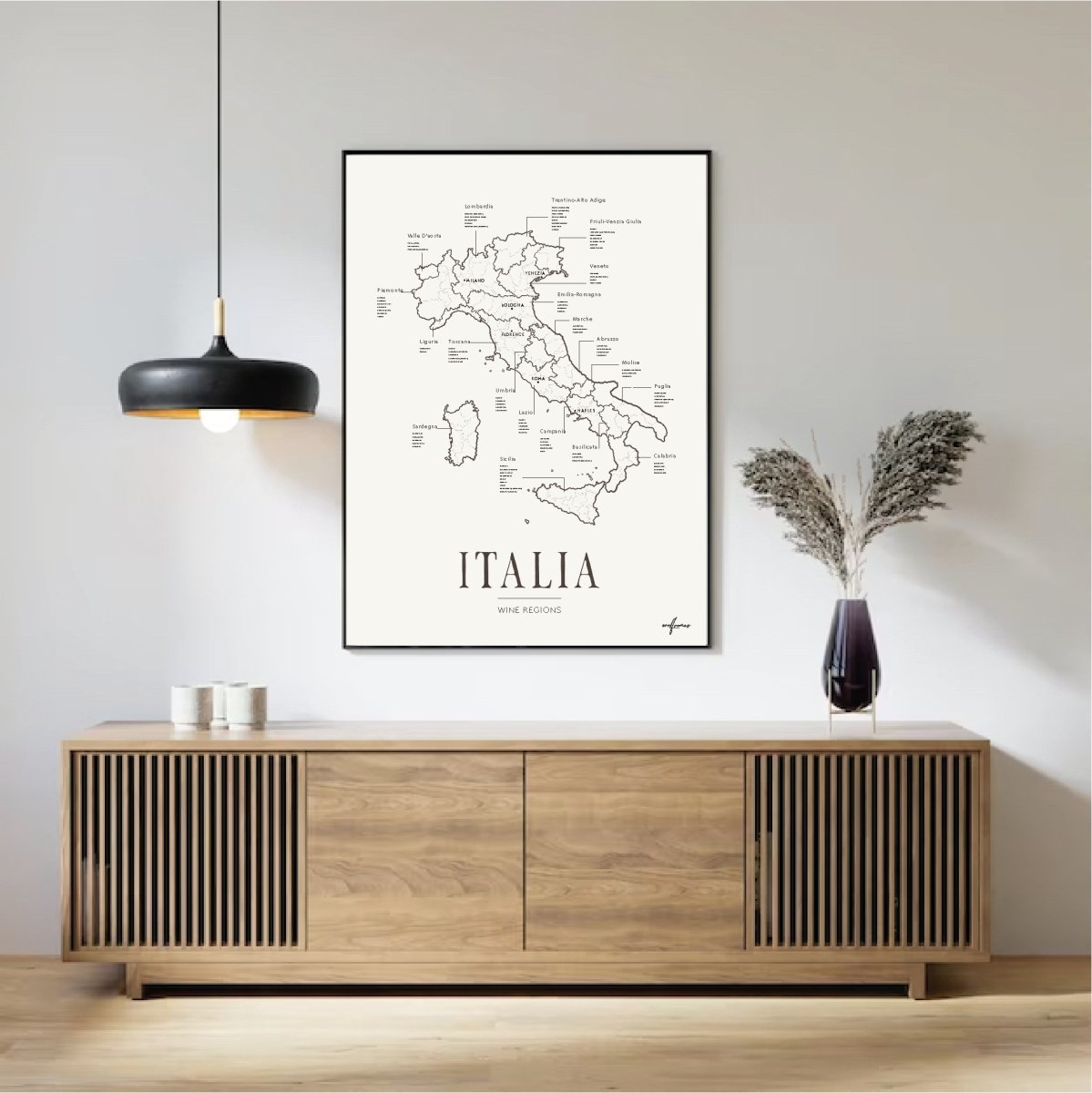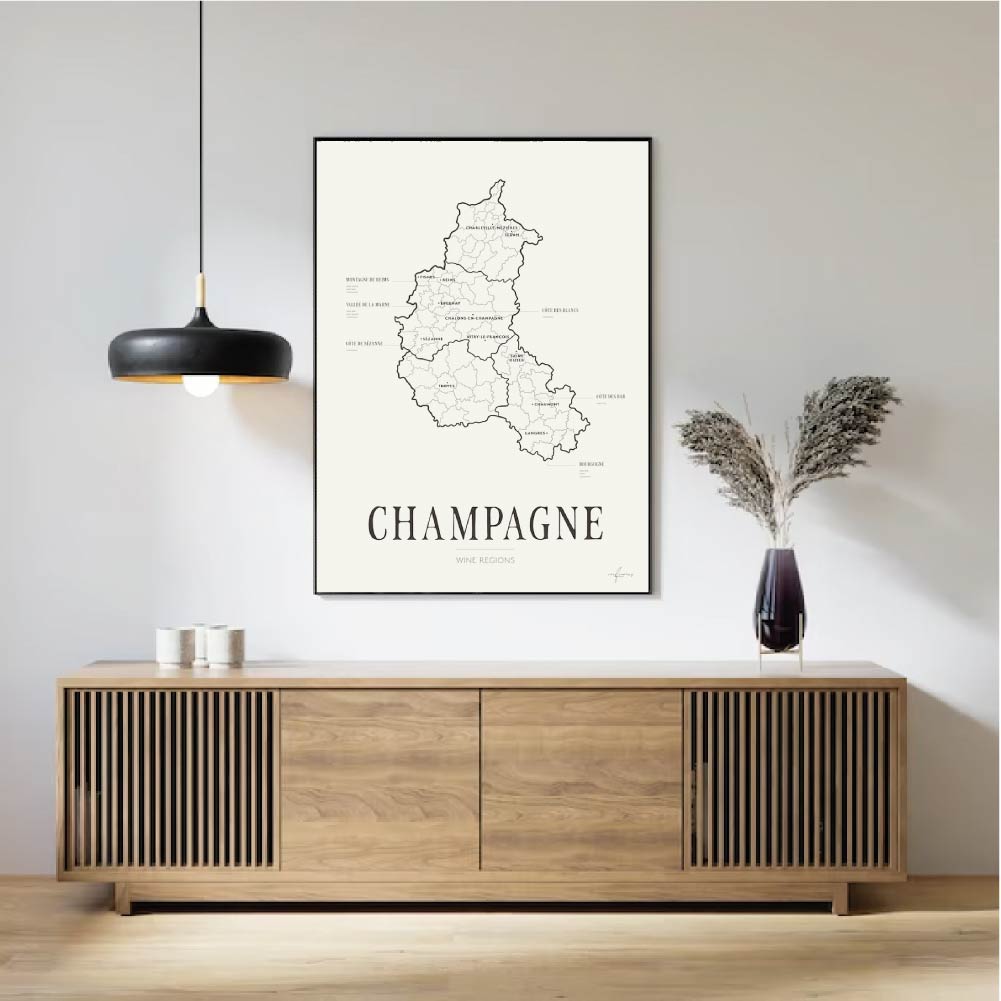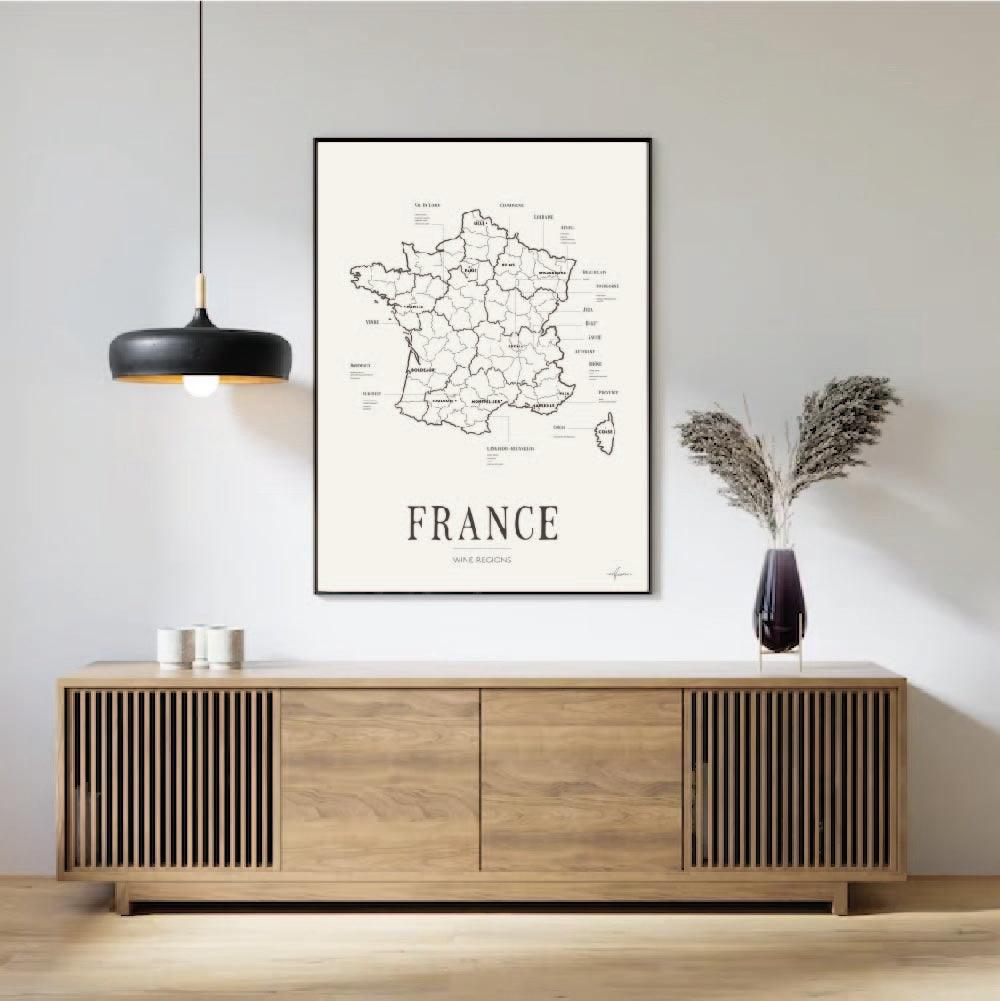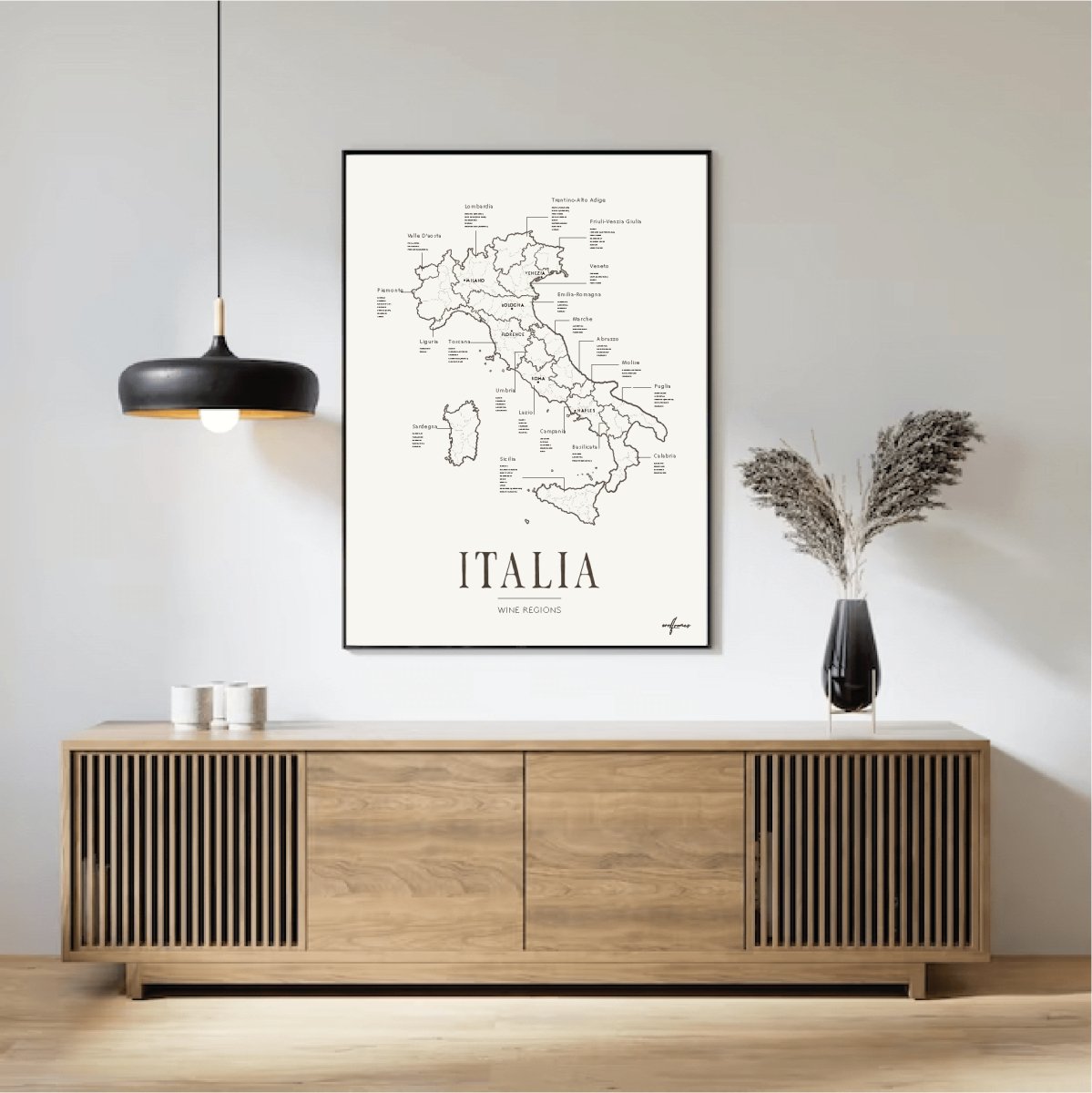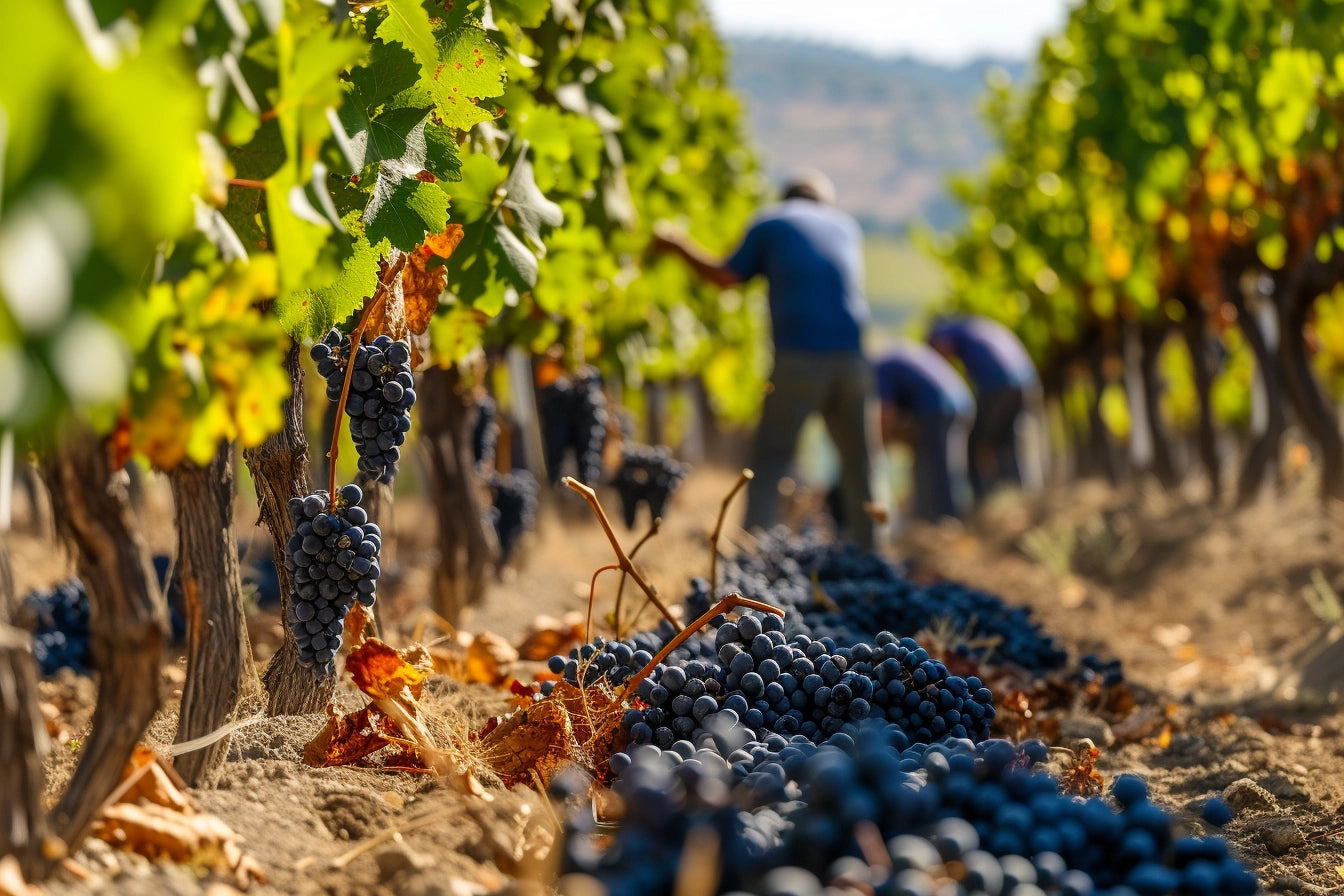Sweden may not be the first country that comes to mind when it comes to wine production, but in recent years, interest in cultivating wine in Sweden has grown significantly.
With climate change and improved winemaking techniques, Swedish vineyards are beginning to establish themselves as a force to be reckoned with, particularly in the southern part of the country.
Skåne – Sweden’s Wine Hub
Skåne is the region in Sweden most closely associated with winemaking. The milder temperatures, thanks to its proximity to both the Öresund Strait and the Baltic Sea, create a favorable microclimate for wine growing. Primarily, grapes that thrive in cooler climates, such as Solaris, Rondo, and Vidal Blanc, are cultivated here. These varieties are used to produce high-quality white, rosé, and sparkling wines.
Several vineyards in Skåne have gained international recognition in recent years, and today, the region is a popular destination for wine lovers looking to explore Swedish wines.
Öland and Gotland – Islands with Distinct Microclimates
Öland and Gotland are two islands that have also shown great promise for wine production. Gotland's limestone-rich soil resembles that of classic wine regions like Champagne and Chablis, making it ideal for viticulture. On Öland, too, the favorable climate, with long summer days, allows the grapes to ripen fully.
Both Gotland and Öland feature vineyards experimenting with various grape varieties, and wines from these islands are often characterized by a fresh acidity and minerality.
Blekinge and Halland – New Players on the Wine Map
While Skåne remains the leader in Swedish wine production, both Blekinge and Halland are emerging as promising wine regions. These coastal areas benefit from similar climatic advantages as Skåne, with long, bright summer days and relatively mild winters. Vineyards in these regions primarily produce white and sparkling wines.
Challenges and the Future
Growing wine in Sweden is not without challenges. The cold climate means shorter growing seasons, and frost in spring and autumn can damage the vines. However, Swedish winemakers have adapted by planting grape varieties that withstand the cold and employing modern techniques to protect the vines.
The future of Swedish wine production looks bright. With growing interest in locally produced wine and a more favorable climate, Swedish wines have the potential to put the country on the international wine map. The Swedish wine regions may still be young, but they are growing quickly and establishing themselves as part of the global wine world.
Swedish vineyards show that even in a country with a cooler climate, it’s possible to create high-quality wines that reflect the unique terroir that Sweden offers.

